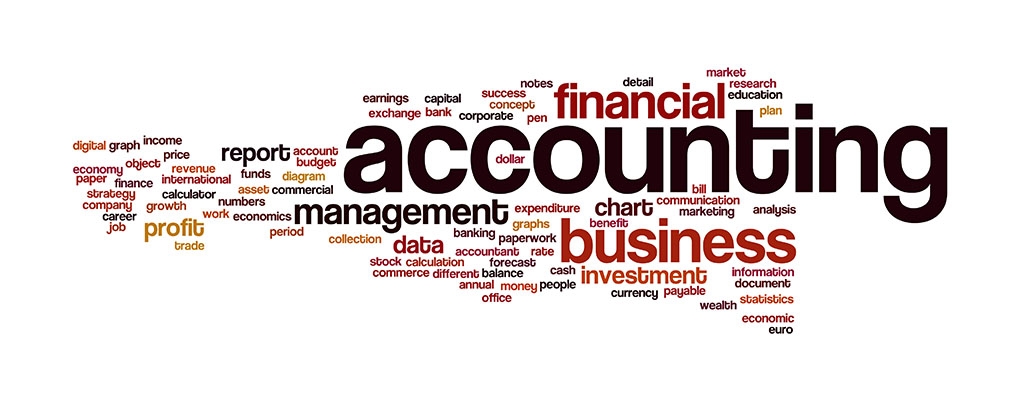The integration of smart tech synergy into home design has transformed the way we approach our living spaces. This innovative approach goes beyond aesthetics, placing a premium on health and comfort. A central component of this design philosophy is HVAC, which plays a pivotal role in creating environments that support well-being.
A well-designed heating, ventilation, and air conditioning system contributes significantly to a quality sleep environment. By regulating temperature and improving air quality, HVAC systems help foster restful nights, which are key to overall health. In an age where wellness takes precedence, having a reliable HVAC setup is no longer just a convenience but a cornerstone of modern home design.
Maintaining Indoor Air Quality with Advanced HVAC Systems
Indoor air quality significantly impacts overall wellness, especially within the sleep environment. Advanced HVAC systems play a pivotal role in ensuring air remains clean and comfortable. These systems are equipped with high-efficiency filters capable of trapping dust, allergens, and pollutants, which can disrupt both daily activities and restful sleep.
Beyond filtration, modern HVAC technology often includes ventilation solutions that promote proper air exchange. This process helps to dilute indoor contaminants, ensuring that fresh outside air is circulated throughout living spaces. Enhanced humidity control mechanisms also contribute, preventing excessively dry air or high humidity levels that can lead to discomfort or respiratory issues.
Smart HVAC systems can monitor air quality in real-time, allowing homeowners to receive alerts regarding fluctuations in pollutant levels. This feature empowers individuals to take proactive measures, such as increasing ventilation or activating purification modes, thus maintaining an optimal sleep environment.
Incorporating advanced HVAC features contributes significantly to a home’s wellness design, aligning comfort with health. As a result, these systems not only support relaxation but also enhance the quality of sleep, leading to improved overall well-being.
Energy Efficiency Solutions in Modern HVAC Installations
Incorporating energy efficiency solutions is vital for optimizing HVAC systems in contemporary homes. Effective insulation, sealing ductwork, and employing programmable thermostats can significantly reduce energy consumption, promoting a healthier lifestyle while enhancing climate comfort.
Smart technology integration plays a pivotal role in managing energy use. Advanced HVAC systems equipped with sensors and learning algorithms adjust heating and cooling based on occupancy and preferences, minimizing energy waste. This smart tech synergy not only contributes to lower utility bills but also supports sustainable living practices.
Renewable energy sources, such as solar panels, can be integrated with HVAC systems to enhance their efficiency. These setups provide clean energy to power heating and cooling units, further reducing dependence on fossil fuels while supporting eco-friendly objectives.
Regular maintenance and the use of high-efficiency filters improve system performance, ensuring optimal air circulation and quality. These actions contribute not only to superior air conditions but also to sustained energy savings, aligning HVAC functionality with modern wellness design goals.
Integrating HVAC with Smart Home Technology for Enhanced Comfort
Integrating HVAC systems with smart home technology presents an innovative approach to achieving not just comfort but also improved wellness. The synergy of smart tech with climate control systems enables users to create a tailored living environment that prioritizes stress reduction and respiratory health.
The ability to monitor and adjust air quality in real-time is a significant advantage of modern HVAC systems. By utilizing sensors, homeowners can maintain optimal humidity levels and ensure that indoor air quality remains healthy. This tailored approach contributes to a more enjoyable living space, enhancing the overall sleep environment and daily life.
Smart HVAC systems allow for precise adjustments to thermal balance within the home. By using smart thermostats, residents can program their preferences, ensuring that temperatures are conducive to relaxation and productivity. The quiet operation of these systems minimizes disturbances, further promoting a peaceful atmosphere.
The convenience of app-based controls offers an unprecedented level of comfort. Homeowners can monitor their environment remotely, allowing for adjustments that align with their schedules. This capability supports a healthy lifestyle by ensuring optimal living conditions without manual intervention.
In conclusion, the integration of HVAC with smart home technology not only enhances comfort but also encourages healthier living. For detailed insights on HVAC selections, check https://mdairheatingandcooling.com/.












